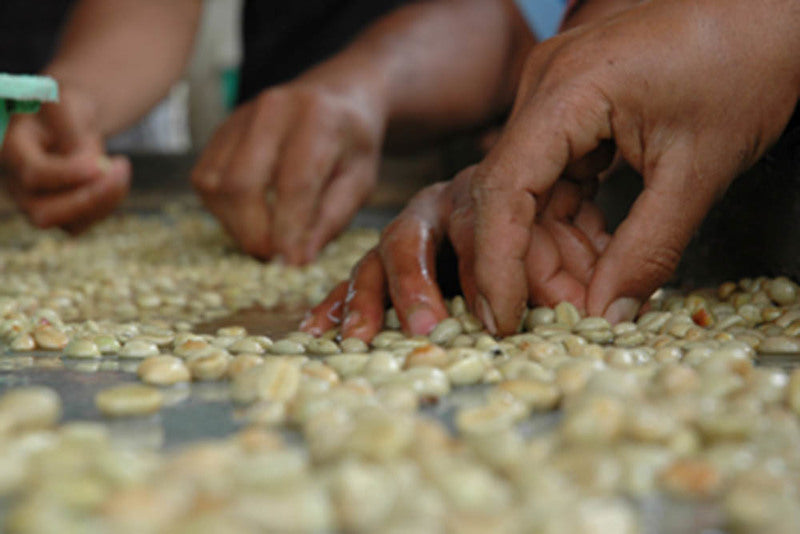 Consider this statement: A good tradesman is never cheap, a cheap tradesman is never good. Or what about this one: A good second hand car is never cheap, a cheap second hand car is never good.
Consider this statement: A good tradesman is never cheap, a cheap tradesman is never good. Or what about this one: A good second hand car is never cheap, a cheap second hand car is never good.
Notwithstanding petty arguments about the relative value of things, I think it is fair to say there would be pretty general agreement about the accuracy of these statements. Most of us have gone the cheap (too good to be true) quote and, while sometimes the result is not disastrous or catastrophic, many a time we end up living with a smidge of regret, ruing the fact that we didn’t make the more prudent choice of paying what we thought the good or service was actually worth.
Now try this statement. Good coffee is never cheap; cheap coffee is never good. In the world of green coffee, the concern for all of us is that this statement couldn’t be further from the truth. Because, quite simply, good coffee is VERY OFTEN cheap and cheap coffee is VERY OFTEN good. The fact that this is the case is NOT so good. Let me explain …
The old adage, ‘You get what you pay for’ doesn’t work with coffee. The world of coffee is pretty unique. The raw product (green beans) is mainly sourced by a handful of Mega-Sized Multinationals from, mainly, millions of poor and subsequently powerless individuals. The adage for coffee should actually read, ‘You get too much for what you pay.’ It’s a disgraceful truth. Oxfam and the whole Fairtrade movement have done a great job exposing this outrage and this has started to affect consumer purchasing behaviour. I’m less excited about the certification of Fairtrade coffee and how it all works, but I’ll save that topic for another day and possibly another forum. I will just make the quick comment that convincing a consumer to buy a certified Fairtrade product is not going to make the difference the consumers are being led to believe it will.
One of our fundamental company philosophies at 5 Senses is to impact people positively. By people, I mean everyone within our immediate sphere of influence, and also those a bit further away but still within reach. Grower groups are very much within our sphere of influence, and impacting these people is a big focus at 5 Senses. Last year Jennifer Murray and I made our way up to Kintamani in Bali. The coffee is good, the people are poor and the price is too low. Consequentially the farmers cut corners to save money and, despite this, don’t end up with enough money after the harvest to invest in the necessary infrastructure to generate improvement in the quality of their coffee. The truth is that the Kintamani coffee can be better than good. It can be excellent! We’ve seen sporadic random examples of it, so we know. We are heading up there again next month to visit the grower group we met last year. This time, our visit will take place during the main harvest. We intend to work with them and give them feedback about the effect their harvesting and preparation techniques are having on the result in the cup. 5 Senses has committed to buying the whole crop and we intend to pay fairly for the beans. As a reader and customer, you should know that when you purchase this coffee, you are buying into our efforts in Bali. In a sense, you are a part of the contribution being made.
Only a couple of days ago, I was talking to a representative of a company that specialises in sourcing micro-lot coffee (coffee from very small farmer groups) from Central and South America. She was telling me about a particular grower group in Peru that was producing coffee well under its quality-potential, not because of poor growing conditions, but because they could not afford tarps to keep rain off the parchment coffee during the patio-drying stage of the processing! I feel 5 Senses involvement coming on here too …
I wanted this article to highlight some of the things we at 5 Senses are doing to effect change for good, so that you as a customer have a greater sense of our path and direction. I hope to share more of the things we are doing in the coming months, but most importantly I hope that you’ll choose to take the journey with us. If we do this properly, it’s a win-win situation. A win for the growers who, through our efforts to pay them better prices, will be able to sustain a better life. It’s a win for us and a win for you, the consumers, who end up with increasingly better coffee in the cup. That’s got to be good.



